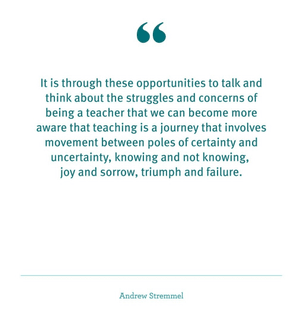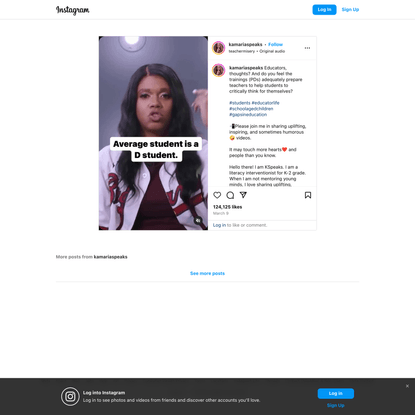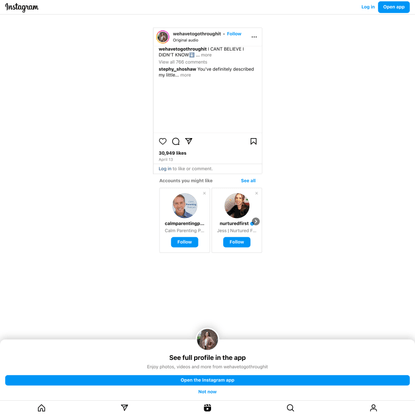How to Design for Kids
Build a long term relationship with kid co-creators
It is a necessity to understand your users in every design process, but even more important when designing for kids. While you might be able to step into the shoes of another adult you most probably won’t be able to take on a kid’s perspective (anymore). Therefore, it is crucial to talk to kids directly – in every step of the design process. Try to set up partnerships to make sure that you can build and keep a relationship with your kid co-creators. Make them your experts! Learn from them, ideate with them, and, most importantly, test your ideas and prototypes with them. The advantage of building a long-term relationship is that you get to know the kids you’re working with – and they get to know you. Building trust is essential for getting constructive and honest feedback.
Prepare for short attention spans
Depending on the age group your designing for, the context of your project and the tasks you have prepared for, say, a workshop, the attention span of the kids you’re working with will vary significantly. When testing ideas or prototypes plan for 30 minutes (to maximum 1 hour) testing time. Test in short rounds and make sure to include breaks for play. Plan in extra time for things to go very differently from what you have expected – and for questions. We know, this can be hard, because there is so much you would like to do, but, trust us, less is more in this context.
Create narratives
Stories play a vital role in the development of children. By introducing new worlds, characters and concepts through narratives children don’t only learn but get to use and develop their imagination. Besides, stories are a great way to create suspense, to keep focus, and simply to create playful experiences. When designing workshops or products always take your audience on a journey, be it to go on a treasure hunt, to discover a new planet or to save the world. Stories will make both your and the kids’ experience more enjoyable, and memorable.
Design challenges and quests
As kids we have a natural desire to learn. In fact, we are constantly learning and discovering. However, we don’t usually associate doing homework or studying for a test with something positive. When designing learning experiences, tap into that natural curiosity, our human need to learn. How come learning has become something troublesome? And what if it could be exciting and delightful instead? We learned to learn in order to survive. The better we understand our environment, the higher our chances of survival. So, create mysteries and puzzles to solve! Design challenges and tasks instead of giving instructions to follow. That will help you trigger learning naturally, instead of having to force studying.
Create a link between the specific, tangible, and the bigger picture
Learning and experimenting is often a one-stop-event. That happens when learning experiences are not connected to a bigger picture. Kids might not see the need to keep exploring on their own. On the other hand, if you build learning experiences or products that create a link between tangible activities and a bigger picture you can keep them engaged and inspire them to explore and experiment on their own! To give an example: with the Algae Lab we tried to create small activities like making algae paint with offering learning opportunities in sustainability in general.
Design for exploration
If kids start something new they do not want to be limited by too many rules or instructions. You should not underestimate children’s ability to understand complex topics and take action on their own. If they can decide where to go next they are probably more engaged. Of course, they might need a introduction and some guidance when exploring a new topic. Therefore, try to design for exploration by integrating some guidelines for kids but leaving them, enough space to explore, experiment, and create on their own. Help the kids to understand their place, impact, and value in the world.
Keep it playful
Play is where kids feel at home and while playing learning happens, if kids want to or not. It just happens. You can leverage that effect and make use of it by designing products and learning experiences to be playful. Children have a intrinsic motivation to play, which makes it the perfect foundation for the development of new skills and learning. A good design can inspire kids to make choices about what they do and how they solve problems.
Design for collaboration
Kids want to work – well, play – with other kids. Doing experiments alone can easily bore them but if kids can play or learn together with others they might get introduced to new perspectives or stay engaged for longer. Also, most importantly, they will learn how to collaborate with others. Create experiences where children have to work together, can share knowledge and ideas, or create artefacts they can present to family or friends who have not been participating. Maybe they will carry the new learnings to others and inspire them as well.
Create a safe space and allow kids to withdraw
If kids start exploring something new they should be allowed – and even encouraged – to make mistakes. That needs to happen in a safe space to not discourage the children to experiment and try something different. Some kids need more time or simply want to make sense of experiences in silence, on their own. Also, competition can be a driver of motivation for some but can be deterrent for others. Try to create an experience where children can move at their own pace and withdraw if they want.
You’re always designing for parents, too
Whether you’re designing a product, an event or a workshop, when you’re designing for kids, you’re always designing for parents as well. Parents will be the ones to sign their child up for a workshop, they will be the ones buying a product or taking the kids to an event. So, ideally, you’re designing something that the kid will beg their parents to go to or have, and, that the parent sees a value in. It’s a fine balance, and as designers it’s tempting to only want to design for the children – in the end they are your users – just remember who in the end will be the decision maker.





